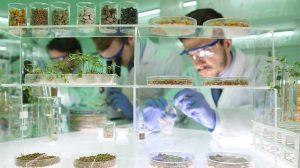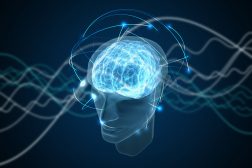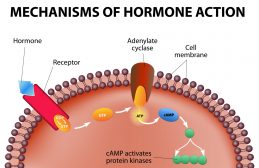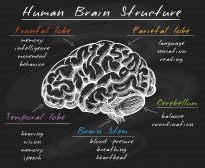Definition
noun
The bacterial component of plankton of aquatic ecosystems
Supplement
Plankton pertain to the small organisms that drift, float, or weakly swimming in aquatic habitats. Some of them may be capable of diel vertical migration but they, in general, flow with their surrounding currents. They may be classified according to their trophic level groups: (1) phytoplankton, (2) zooplankton, (3) bacterioplankton, and (4) mycoplankton.
Bacterioplankton are the bacterial component of the plankton. They are comprised of prokaryotes. Some of them serve as primary producers and others as primary consumers in aquatic ecosystems (e.g. marine and freshwater ecosystems). Primary producer bacterioplankton are those that are capable of photosynthesis, e.g. blue-green algae (cyanophyta). It should be noted though that cyanophyta are also referred to as phytoplankton since they are also regarded as one of the photosynthetic algal groups. However, they are the only algal group that is prokaryotic and therefore are also considered as bacteria. Bacterioplankton are ecologically essential since they are involved in the remineralization processes of organic material. They drive global biogeochemical cycling of elements (e.g. carbon fixation, nitrogen fixation, denitrification, nitrification, etc.). Many of them are saprotrophic as they obtain energy from organic material they consume.
Word origin: bacterio– (of bacteria) + planktón, (planktós (“wandering”)
See also:
Dictionary > Bacterioplankton
You will also like...

Regulation of Biological Systems
Regulation of Biological Systems tutorials are focused on the modulation of biological systems from cell to population l..

Consciousness and Behavior
Human consciousness and behavior are an interesting topic since they are determined and controlled by the brain. Conscio..

Seed Plants
Seed plants are vascular plants. They differ from the other vascular plants in producing seeds that germinate into a new..

Homeostatic Mechanisms and Cellular Communication
Homeostasis is the relatively stable conditions of the internal environment that result from compensatory regulatory res..

Physical Development in Humans
This tutorial elaborates on the physical development of humans, particularly from puberty to adulthood. Read this tutori..

The Conscious & Unconscious Nervous System
This tutorial elaborates on how the nervous system works, particularly at the tissue level of the brain. There are three..

